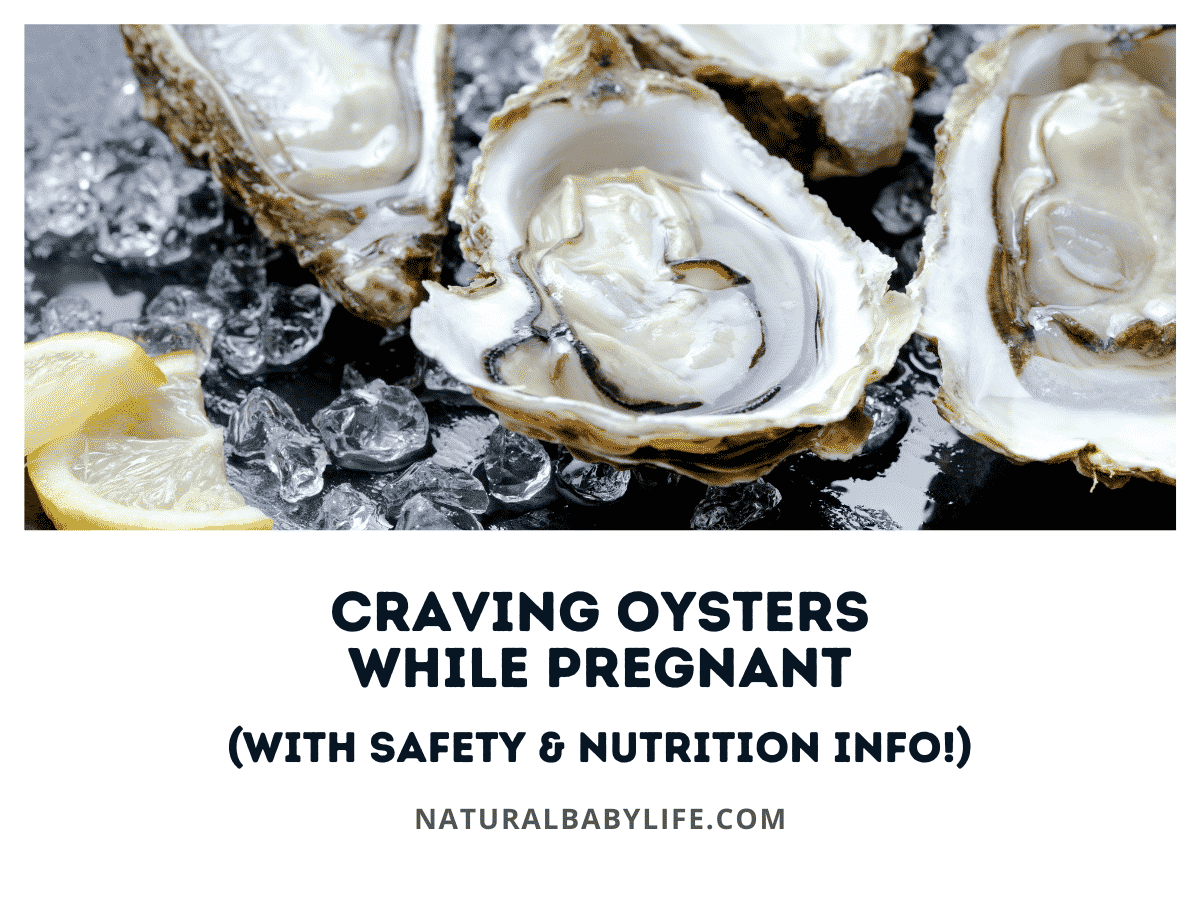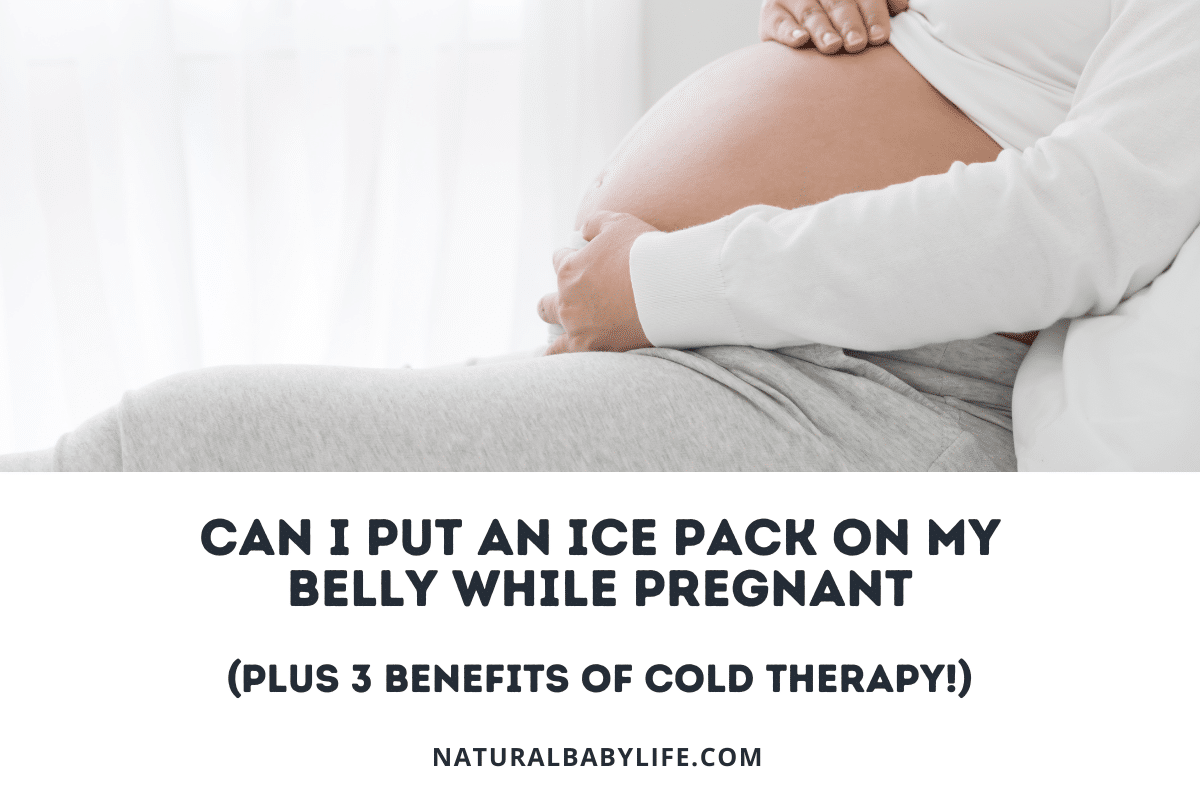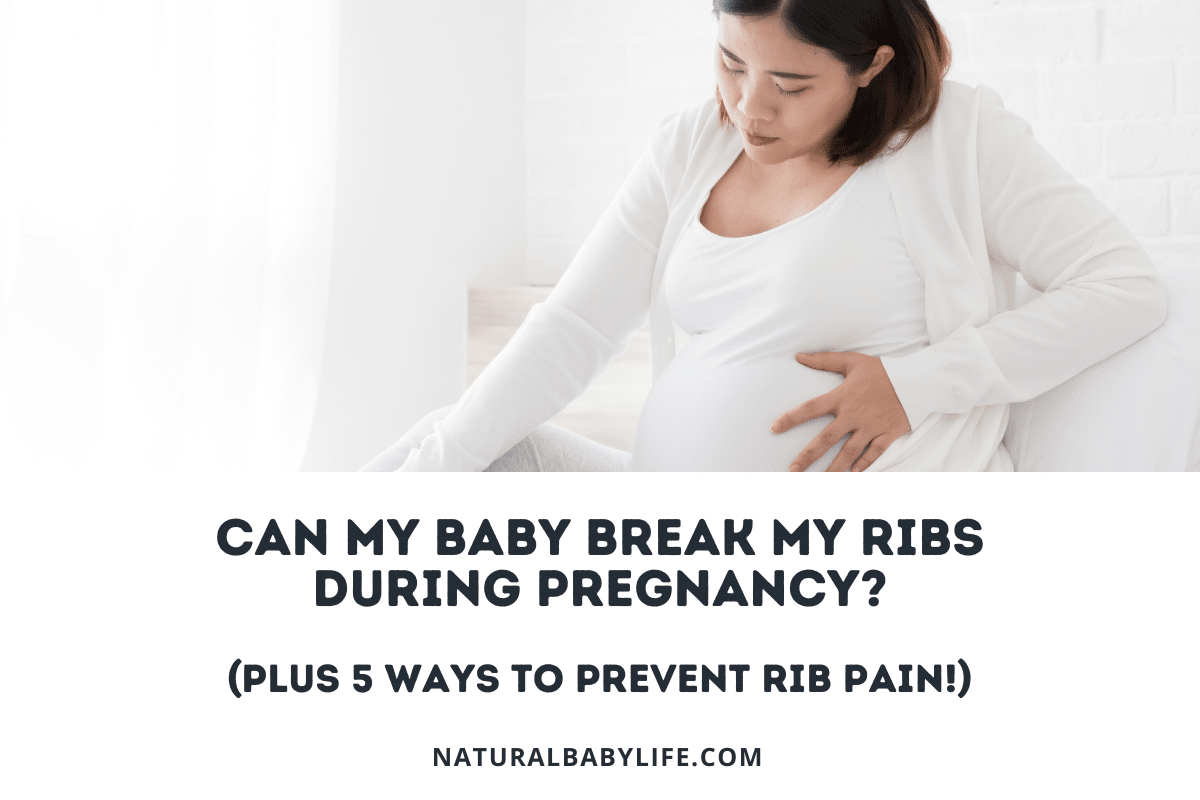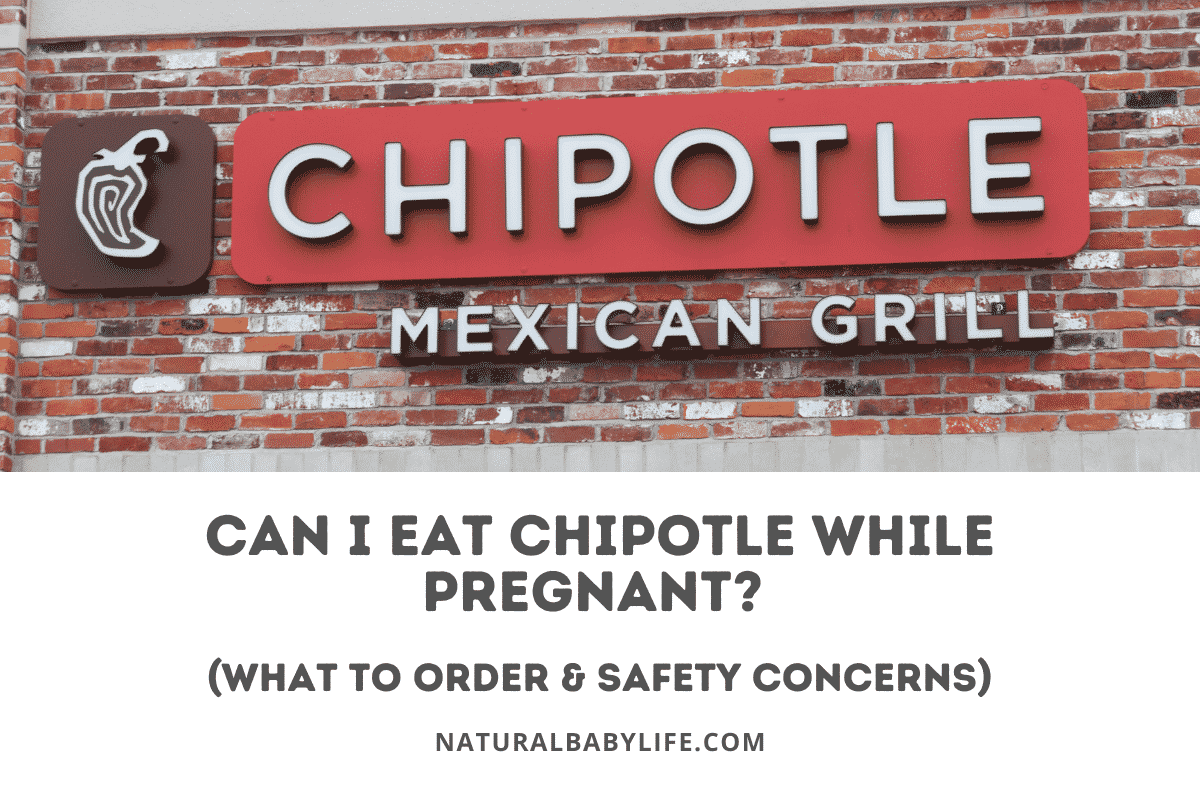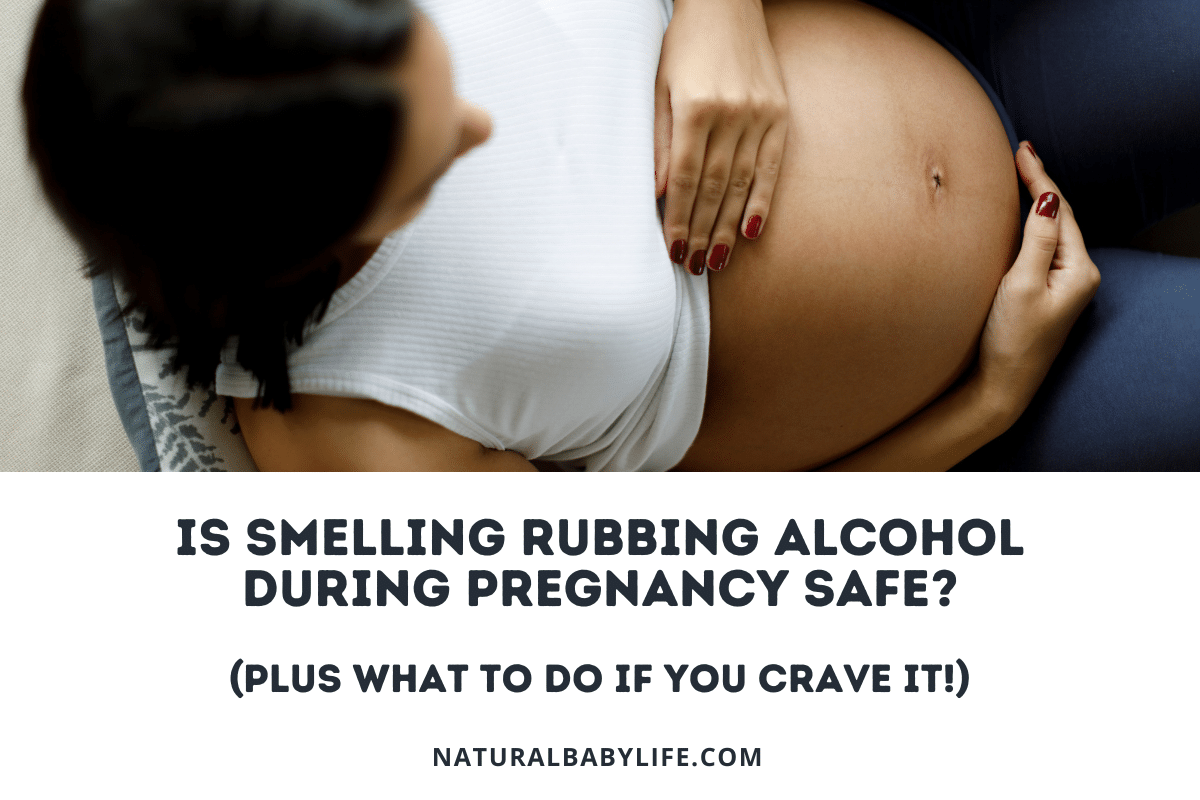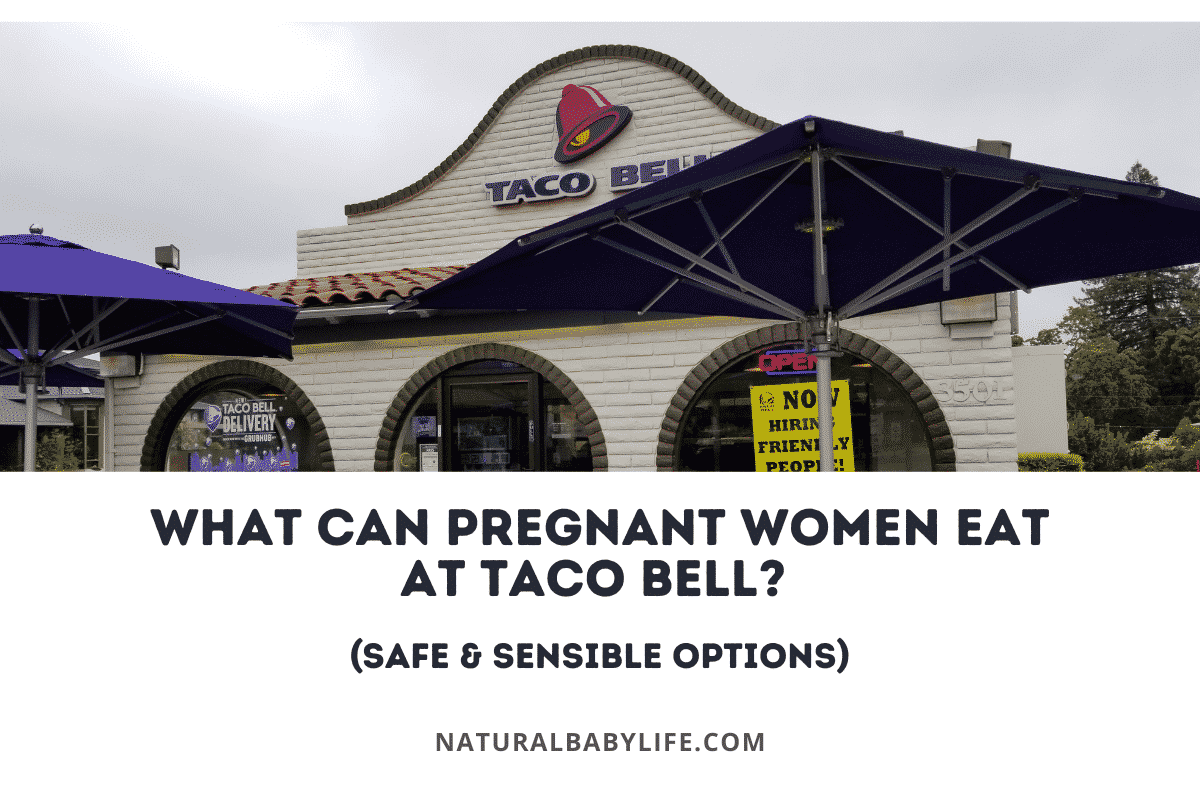Though craving pickles and ice cream is a common pregnancy trope, some pregnant women cite oysters as the food they can’t get enough of during pregnancy, but is this a normal pregnancy craving?
During pregnancy, cravings for oysters may be linked to hormonal fluctuations or nutritional deficiencies, such as the need for omega-3 fatty acids. Raw oysters should be avoided during pregnancy; however, fully cooked oysters (reaching at least 145° F are a great source of nutrients for pregnant women.
Keep reading to learn more about why oyster cravings are common in pregnancy, when they are safe to eat, and the benefits they can provide during pregnancy.
Table of Contents
Is it normal to crave oysters while pregnant?
Pregnancy cravings are extremely prevalent with 50 to 90 percent of pregnant women in the United States experiencing them in some way. Though some foods are more commonly sought after than others, food cravings vary from pregnancy to pregnancy.
Craving oysters may not be one of the most common or well-known cravings, but it is common.
Though pregnancy cravings are extremely common, the explanation for this pregnancy phenomenon is unknown, but there are several leading theories:
- Hormonal changes – Fluctuating estrogen and progesterone may lead to cravings.
- Nutritional deficits – The increased need for many nutrients during pregnancy may result in cravings for food rich in these nutrients.
- Active ingredients – Certain foods may contain active ingredients which the body may crave during pregnancy (e.g. methylxanthines, energy-boosting compounds found in chocolate).
- Cultural and psychosocial factors – Culture and region impacts pregnancy cravings. “Forbidden” foods may also be the focus of more cravings during pregnancy.
Of these theories, the association of pregnancy cravings with nutritional deficiencies is widely discussed and a growing number of people think it is the most likely explanation.
When pregnant women are yearning for oysters, they are sometimes thought to have an omega-3 fatty acid deficiency. Similarly, craving salty food, like briny oysters, maybe telling of a magnesium deficiency.
When do women crave oysters during pregnancy?
According to the National Health Service (NHS), pregnancy cravings can start as early as the fifth week of pregnancy. This is before some women even know they are pregnant.
Pregnancy cravings tend to intensify as a woman enters her second trimester and sometimes diminish in the third trimester; however, each pregnancy’s cravings are different.
Is it safe to raw oysters while pregnant?
According to the U.S. Food & Drug Administration (FDA), seafood dishes must be cooked to 145°F to be safe for consumption during pregnancy. Additionally, refrigerated smoked seafood (e.g. smoked oysters) should be cooked to 165°F to kill potentially harmful organisms.
Raw oysters are not safe to eat during pregnancy.
Raw oysters may be contaminated with infectious bacteria, parasites, and viruses that can be dangerous for pregnant women and their unborn babies. The three most common infections caused by raw oysters are Vibrio infection, norovirus infection, and hepatitis A. These infections are associated with the following symptoms and complications during pregnancy:
Potential Infections Related to Consuming Raw Oysters
| Infection | Symptoms | Onset of Symptoms | Effect on Pregnancy |
|---|---|---|---|
| Vibrio | - Nausea & vomiting - Diarrhea - Abdominal discomfort - Weakness - Skin rashes and blisters - Chills - High fever | 12 to 72 hours | Vibrio infection during pregnancy has not been well-studied; however, it is known to cause dehydration which can be harmful to an unborn baby |
| Norovirus | - Nausea & vomiting - Diarrhea - Stomach pains - Weakness | 10 to 50 hours | Norovirus infection during pregnancy will not directly harm an unborn baby, but it may cause dehydration which can cause severe complications. |
| Hepatitis A | Nausea & vomiting - Diarrhea - Abdominal discomfort - Weakness - Fever - Yellowing of skin and whites of the eyes | 15 to 50 days | Hepatitis A infection during pregnancy has been associated with premature uterine contractions, placental abruption, and premature rupture of membranes, especially in the second and third trimesters. |
Is it safe to eat cooked oysters while pregnant?
It is safe to eat thoroughly cooked oysters while pregnant.
Eating cooked oysters is a great way to satisfy oyster cravings and can even be a healthful addition to your pregnancy diet.
A 3.5 ounce serving of wild eastern oysters contains the following nutrients:
Nutritional Information for Cooked Oysters
| Nutrient | Amount |
|---|---|
| Calories | 68 |
| Protein | 7g |
| Fat | 3g |
| Omega-3 content | 370mg |
| Zinc | 605% of Recommended Daily Value (RDV) |
| Vitamin B12 | 324% RDV |
| Copper | 223% RDV |
| Selenium | 91% RDV |
| Vitamin D | 80% RDV |
| Iron | 37% RDV |
| Manganese | 18% RDV |
| Phosphorous | 14% RDV |
| Magnesium | 12% RDV |
| Thiamine (Vitamin B1) | 7% RDV |
| Niacin (Vitamin B3) | 7% RDV |
Oysters are a great source of omega-3 fatty acids. Omega-3 fatty acids cannot be made in the body and thus, must come from foods. Omega-3 fatty acids play a key role in fetal neurodevelopment, so they are essential during pregnancy.
In addition to Omega-3 fatty acids, oysters are rich in many vitamins and minerals that are important during pregnancy. These include:
Vitamins & Minerals in Oysters
| Nutrients | Function/Effects |
|---|---|
| Vitamin D | - Allows bodies to absorb calcium effectively, thus being essential for bone growth. - Essential for neonatal calcium homeostasis. - Deficiency is linked to pregnancy conditions such as pre-eclampsia and gestational diabetes. |
| Vitamin B12 | - Involved in many biological processes, such as the production of DNA and red blood cells. - Plays a role in regulating fetal growth through the one-carbon metabolism cycle. |
| Iron | - Used to make hemoglobin in red blood cells, which is needed to transport oxygen throughout a mother’s body and to the fetus. - Iron deficiency is known as anemia, a condition associated with fatigue and exhaustion. |
| Copper | - Needed for many biological pathways including energy production during metabolism. - Are components of some enzymes used in the defense against free radicals. - Involved in synthesizing connective tissue. - Aids in the transport and use of iron. - Important in many other metabolic pathways. |
| Zinc | - Needed for nucleic acid and protein metabolism. Involved in the synthesis of DNA, RNA, and ribosomes. - Plays a role in cell replication and differentiation, which is especially important during reproduction. |
| Selenium | - A key component in the defense against free radical damage. - Deficiency can lead to a fatal heart condition known as Keshan disease |
Are grilled oysters fully cooked?
When prepared properly, grilled oysters should be fully cooked and safe to eat during pregnancy.
To fully cook oysters on the grill, The Infinite Kitchen recommends placing the oysters on a very hot, preheated grill, covering them, and cooking for five to six minutes or until the edges curl.
Are steamed oysters fully cooked?
When cooked correctly, steamed oysters are safe to eat during pregnancy.
Here are some tips for steaming live oysters:
- Steam for four to nine minutes in a steamer that is already steaming.
- Use a small pot and avoid steaming too many oysters at a time, which can lead to undercooked oysters.
- Discard any oysters that do not fully open while cooking.
Can you eat fried oysters while pregnant?
Fried oysters are fully cooked and safe to eat during pregnancy when prepared correctly.
The ISSC recommends frying oysters in oil at 375° F for at least three minutes to ensure they are fully cooked.
What does it mean if you crave oysters while pregnant?
There is no single scientifically accepted explanation for pregnancy cravings.
Many people subscribe to the theory that cravings are your body’s way of telling you what it needs; however, there are also many popular wives tales associated with pregnancy cravings.
Does craving oysters while pregnant mean it’s a boy or girl?
A common myth is that a pregnant woman’s cravings are linked to the gender of her baby and that mothers who crave salty, spicy, sour, or protein-rich foods are thought to be pregnant with boys, while those who crave sweets or dairy are having girls.
This old wives’ tale may lead women who crave oysters during their pregnancy to believe they are having a boy; however, there is no research to support this association.
If you want to learn more, I have a HUGE list of the most common pregnancy cravings just for you!

